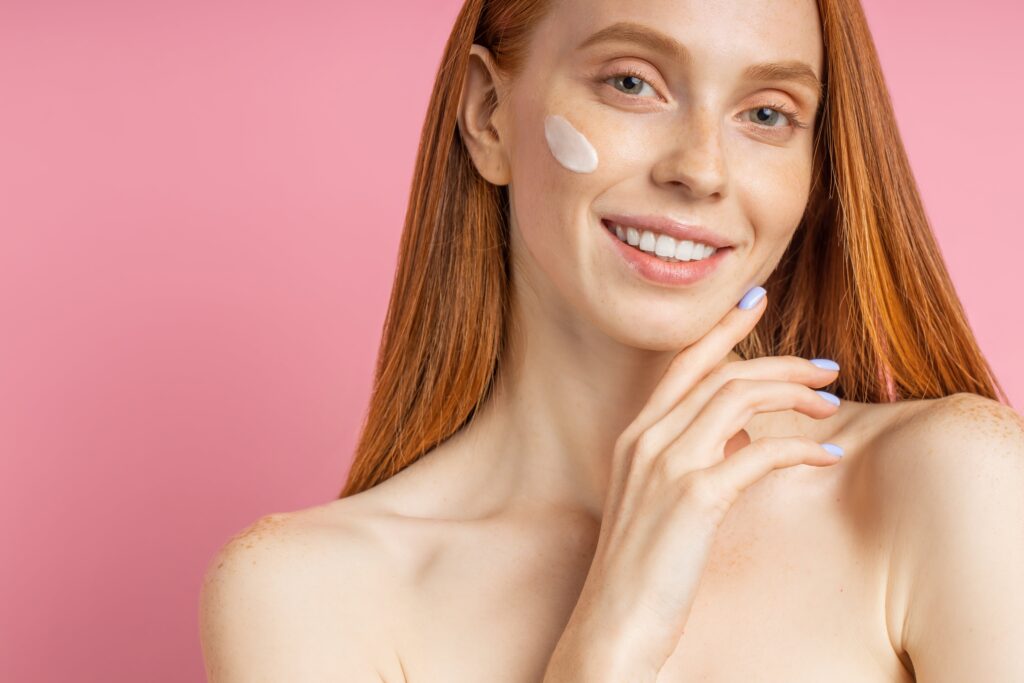
In the realm of makeup application, face primer serves as a crucial tool for achieving a flawless and long-lasting foundation. Designed to create a smooth canvas and enhance the longevity of makeup, face primer has become a staple in many beauty routines. This essay aims to explore the purpose and benefits of face primer, shedding light on when and how it should be applied to maximize its effectiveness.
Understanding Face Primer
Face primer is a preparatory product applied to the skin before the application of foundation, concealer, or other makeup products. Its primary purpose is to create a smooth and even surface, minimizing imperfections and facilitating a more seamless makeup application. Face primers are available in various formulations, such as silicone-based, water-based, and oil-based, catering to different skin types and concerns.
The Benefits of Using Face Primer
Smoother Skin Texture: Face primers are designed to fill in fine lines, pores, and other skin imperfections, resulting in a smoother and more refined skin texture. This creates an ideal canvas for foundation, allowing it to glide on effortlessly and appear more even.
Prolonged Makeup Wear: One of the key benefits of using face primer is its ability to extend the longevity of makeup. Primers form a barrier between the skin and makeup, preventing excessive oil production and perspiration from causing makeup to break down or fade throughout the day.
Improved Makeup Application: Face primers can enhance the application of other makeup products, such as foundation, concealer, blush, and eyeshadow. By providing a smooth base, they help these products adhere better to the skin, resulting in a more flawless finish.
When to Use Face Primer
Special Occasions: Face primer is particularly beneficial when attending events or special occasions that demand long-lasting makeup. Whether it’s a wedding, party, or photoshoot, face primer can help your makeup stay intact for extended periods, ensuring you look your best throughout the event.
Oily Skin: If you have oily skin, face primer can be an essential addition to your makeup routine. Oily skin tends to produce excess sebum, which can cause makeup to break down quickly. Using a mattifying or oil-controlling primer can help regulate oil production, keeping shine at bay and preventing makeup from sliding off.
Large Pores or Fine Lines: Face primers can be especially beneficial for individuals with large pores or visible fine lines. These primers have a blurring effect, filling in pores and smoothing out wrinkles, creating a more even skin surface.
How to Apply Face Primer
To achieve the best results, follow these steps for applying face primer:
Cleanse and moisturize your face: Start with a clean and moisturized face. Ensure that your skin is free from dirt, excess oil, and dryness before applying the primer.
Dispense an appropriate amount: Squeeze a small amount of face primer onto your fingertips or the back of your hand. Generally, a pea-sized amount is sufficient, but adjust the quantity based on your needs.
Apply and blend: Using your fingertips or a makeup brush, apply the primer evenly to your entire face. Start from the center and blend it outwards, focusing on areas prone to oiliness or visible pores.
Allow it to set: Give the primer a few minutes to set and create a smooth base before proceeding with foundation or other makeup products.
Face primer is a versatile and indispensable tool in achieving a flawless and long-lasting makeup look. By creating a smooth canvas and enhancing makeup longevity, face primer ensures that your foundation, concealer, and other products perform optimally.







Leave a Comment